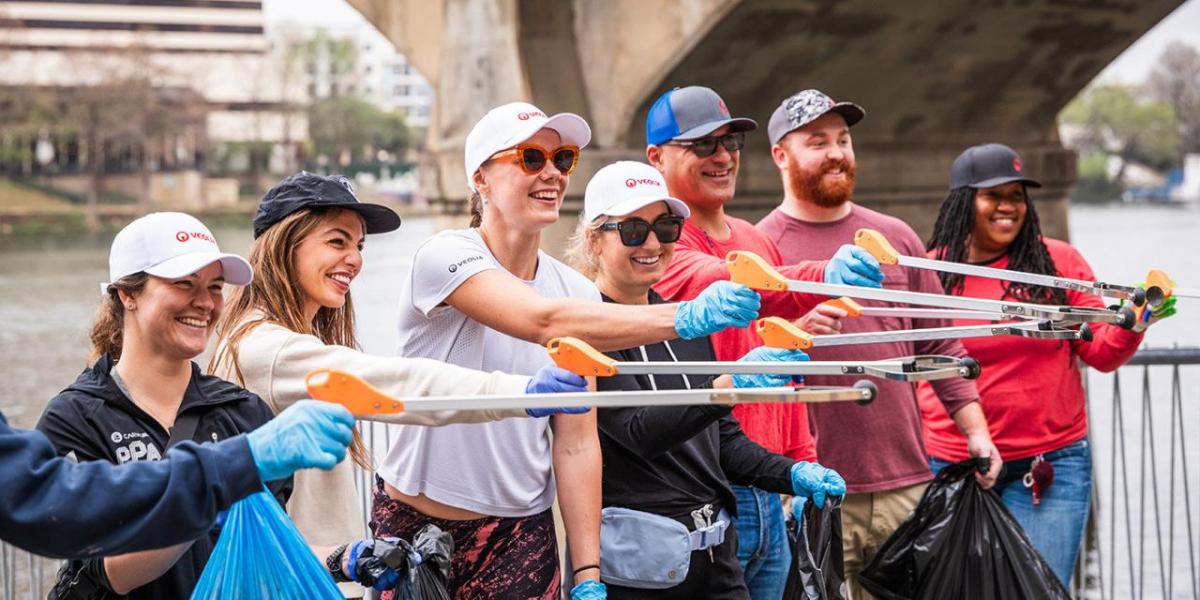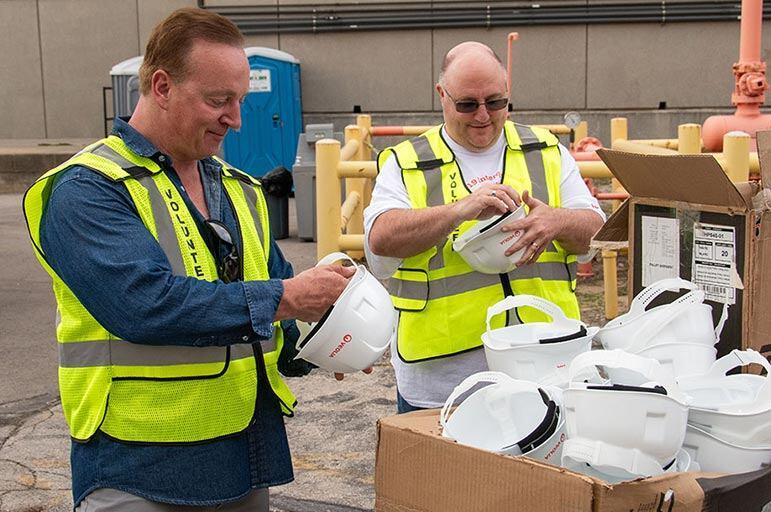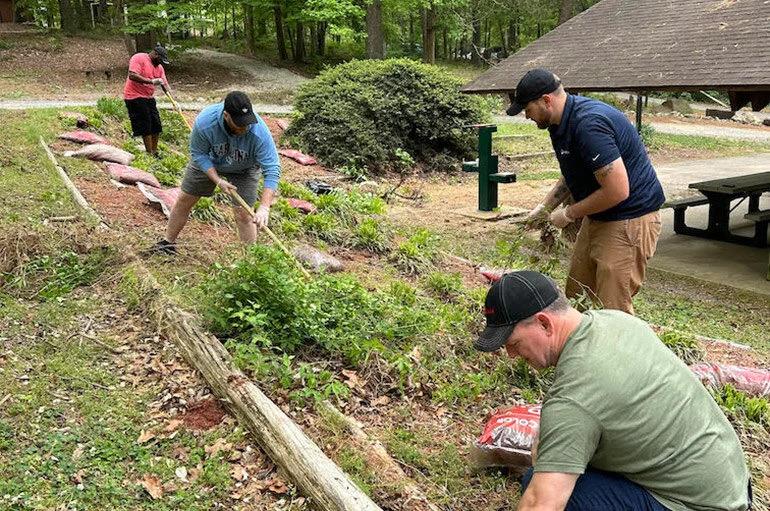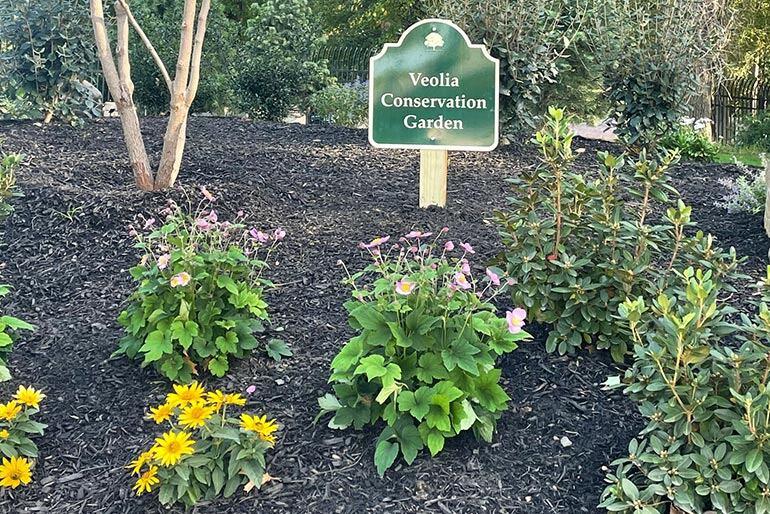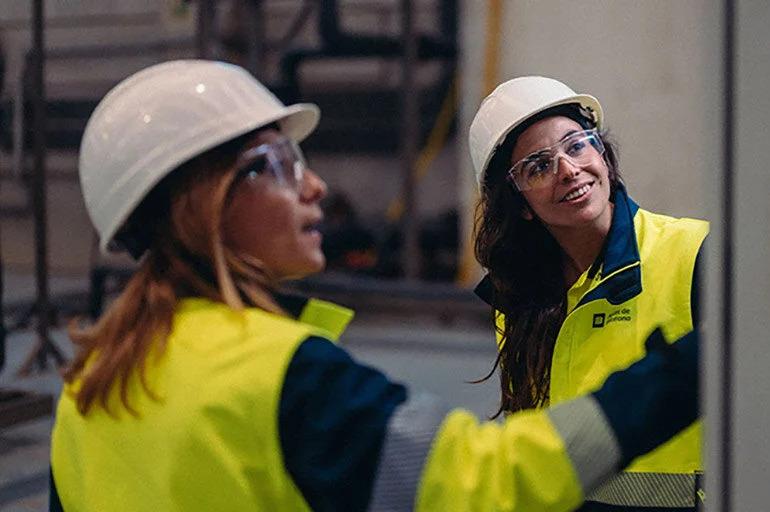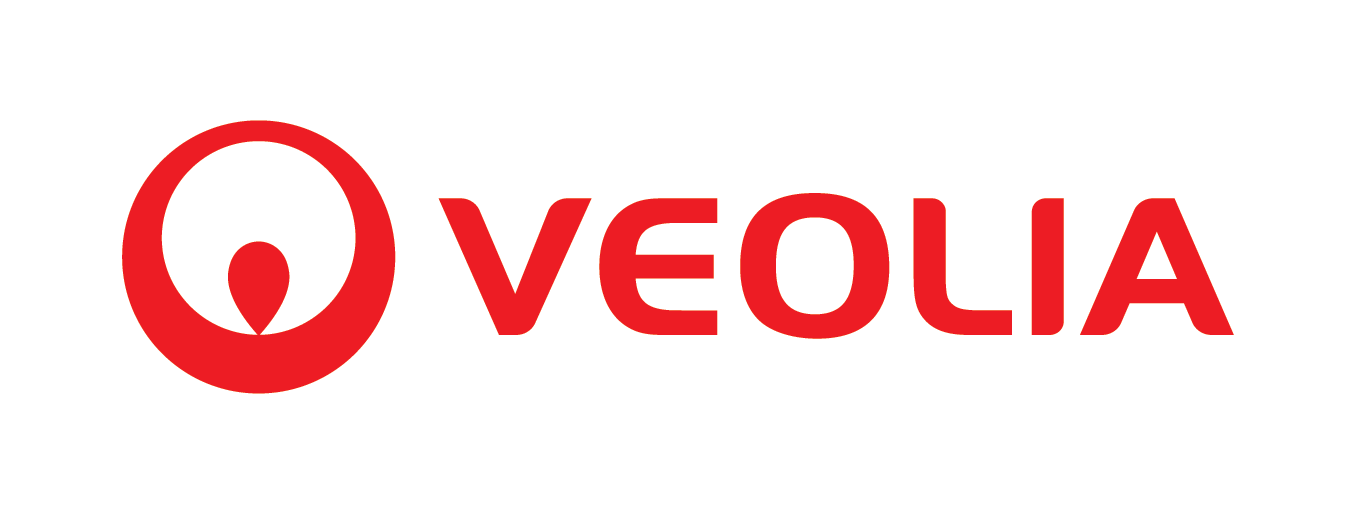How To Develop Sustainable Community Engagement Strategies
Providers of public utilities and services who secure high-quality drinking water or provide access to reliable energy sources have a direct link to the communities they serve. However, for many of these organizations, delivering these vital resources is more than just a business operation—it's a commitment to ensuring the well-being of communities and preserving the surrounding environment. By making the region more attractive and sustaining the performance of local businesses, these companies play a crucial role in shaping the future of the areas they serve.
Organizations and companies operating in the environmental sector have a unique opportunity to engage with local communities and contribute to ecological preservation efforts. Community events and initiatives focused on environmental protection serve as platforms for these organizations to connect with residents, share knowledge and inspire sustainable practices.
Community engagement initiatives have traditionally been viewed by many companies as one-off events or passive activities, such as participating in an annual Earth Day cleanup or supporting a local non-profit organization. However, to truly drive meaningful and lasting impact, businesses must rethink their approach to community engagement and integrate it as a core part of their strategy and values for long-term growth.
In this blog post, we’ll explore ways to collaborate directly with your community so that your business can demonstrate its commitment through action, creating a positive ripple effect that extends far beyond individual initiatives. By actively engaging with and supporting your community, you not only contribute to its well-being but also foster a sense of trust and goodwill towards your business.
Elected officials, appointed leaders and volunteers provide a clear understanding of what a community needs. By taking the time to foster relationships with these leaders, you can ensure your company is a reliable and trustworthy partner in the community you serve. Here are a few ways to do this:
Building Strong Relationships with Community Leaders
Elected officials, appointed leaders and volunteers provide a clear understanding of what a community needs. By taking the time to foster relationships with these leaders, you can ensure your company is a reliable and trustworthy partner in the community you serve. Here are a few ways to do this:
1. Actively collaborate with community groups
Direct input from your community is invaluable. By taking the time to collaborate with diverse and representative local groups, you can ensure your business’ solutions are tailored to the specific needs and concerns of your community.
For example, tapping into the expertise of partner organizations helps you collaborate on a forward thinking strategy to support the community. They can provide proven success examples that demonstrate how they have benefited the surrounding community and share any challenges or pain points where your company could provide the additional support.
You can also seek opportunities to partner with a local non-profit to support their mission, like helping organize a community clean up event or nature walk, and use those opportunities to learn more about the communities you serve.
2. Be transparent
Transparent communication is key to maintaining a relationship with the public. Keep community members informed about projects, goals and potential impacts, fostering a clear understanding of your activities and benefits to the community. An easy way to do this is through maintaining an active relationship with local media—don’t save your communications strategy just for times of crisis, but instead provide regular updates and interviews to trusted reporters on a regular basis.
Consider Your Impact on the Environment
Recognizing the growing tension surrounding resource availability, companies that draw from the local environment should consider how their operations impact the area and actively seek opportunities to reuse or recycle resources. This strategy also helps to support the overall quality of life in a community, as it assures more resources are available to residents without disrupting the progress of your business.
1. Take only what you need
Whatever resources you require for your business, be sure to extract only what is strictly necessary, using proven methods and protecting the balance of ecosystems. Through these measures, you can minimize downstream impact, guaranteeing the availability of resources for future generations.
2. Embrace a circular economy model
By significantly extending the life span and usage value of extracted resources through recycling and waste recovery, you can lower your impact on the local environment.
3. Identify opportunities to support biodiversity
Assess areas where you could develop solutions to preserve local biodiversity. For example, you may have fields surrounding your facility that could support local wildflowers—by cultivating this area, you can create a space for local pollinators to thrive.
Resource the Next Generation
Community engagement strategies need to address immediate needs as well as consider the well-being of the community for future generations. This includes supporting education and workforce development in a community, so that the next generation can continue the work you started.
For example, creating internship opportunities with your company or programs that empower young students to explore careers in STEM can provide a closer look at what they could do for a career. Offering tours of your facilities for grade school students also opens the door to introduce students to your company and how they could pursue a career in the same field.
Finally, It’s important to provide consistent training and continued learning for professionals in your field. Developing workforce development programs helps strengthen the overall workforce while committing to the future of individuals looking to advance their skillsets.

